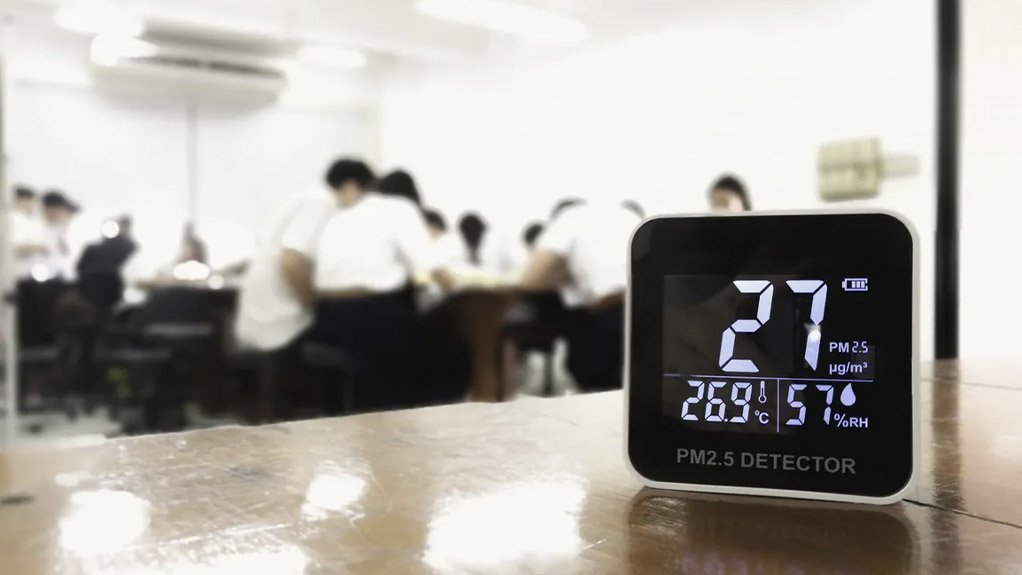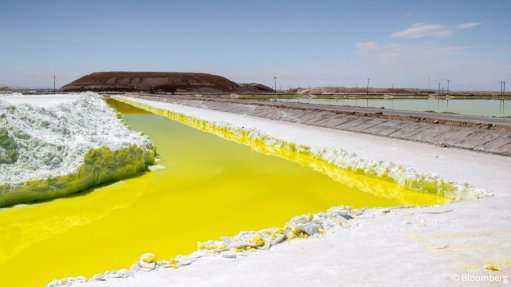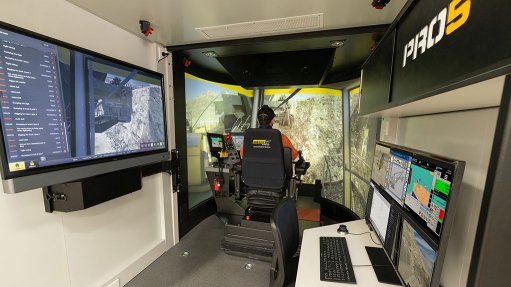Prioritising air quality, is prioritising health
This article has been supplied by the author and has not been written or solicited by Creamer Media. It may be available only for a limited time on this website.
By: Thabang Byl - Buildings Segment Lead at Schneider Electric
When we think about ‘healthy buildings’, healthcare facilities need to be to the healthiest of them all. Today, hospital operators require facilities that are sustainable, efficient, resilient and provide the best experience and care to both patients and staff.
However, at the top of this non-negotiable list should be air quality. Poor indoor air (IAQ) quality, laden with pollutants and microbiological contaminants such as bacteria, viruses, fungi, spores, and ozone, can exacerbate existing health conditions, delay recovery, and even contribute to life-threatening illnesses. The air needs to be safe.
Globally, there are very stringent guidelines in place to maintain optimal IAQ in hospitals, controlling pollutants like nitrogen dioxide (NO2), particulate matter, and biological contaminants.
For example, the World Health Organisations (WHO) provides global air quality guidelines that recommend safe levels for pollutants like particles with a diameter of 10 micrometres or smaller (PM10) and particles with a diameter of 2.5 micrometres or smaller (PM2.5), sulphur dioxide (SO2), and carbon monoxide (CO). These guidelines are often used as a reference for setting national standards.
In the case of particulate matter, it poses serious health risks, particularly for vulnerable groups like children, the elderly, and those with pre-existing respiratory conditions. PM2.5 is linked to serious conditions like heart disease, stroke, and respiratory issues.
In South Africa, the Air Quality Act of 2004 outlines measures for pollution prevention and sets national norms and standards for air quality regulation. The act, for example, promotes health by addressing air quality issues, to promote a healthy environment for all South Africans.
Additionally, the South African National Department of Health (NdoH) has developed guidelines for managing domestic indoor air quality. These guidelines serve as a uniform basis to assist Environmental Health Practitioners in addressing IAQ-related health conditions. These also align with several WHO guidelines
The air we breathe
Air quality control not only safeguards vulnerable patients and staff but also fosters a healing environment, reduces the spread of infections, and ensures the well-being of the entire community.
Realising the above, are monitoring systems that include air quality sensors. Deployed as part of Building Management Systems (BMS) and subsequent remote data management, air quality sensors enable hospitals to track indoor air conditions in real-time.
These sensors detect CO2 levels, temperature, humidity, and particulate matter, unintended smoke, VOCs, and other parameters, providing data for informed air quality management decisions. Regular monitoring ensures quick identification and correction of deviations, preventing health hazards and ensuring regulatory compliance.
Schneider Electric’s air quality monitoring sensors, integrated with our BMS, include features and solutions such as:
- Duct and plant room air quality sensors: these multi-sensors combine CO₂, temperature, humidity, volatile organic compounds (VOCs), and particulate matter) sensing into a single unit, ensuring optimal indoor air quality while enhancing energy efficiency.
- Air quality sensors - designed for room applications, these flexible multi-sensor platforms include CO₂ and temperature sensors, with options for VOC and relative humidity sensors.
- Wireless CO₂, temperature and humidity sensors which monitor indoor air quality, allowing data review on interfacing devices and enabling control of fresh air within customisable zones.
Article Enquiry
Email Article
Save Article
Feedback
To advertise email advertising@creamermedia.co.za or click here
Announcements
What's On
Subscribe to improve your user experience...
Option 1 (equivalent of R125 a month):
Receive a weekly copy of Creamer Media's Engineering News & Mining Weekly magazine
(print copy for those in South Africa and e-magazine for those outside of South Africa)
Receive daily email newsletters
Access to full search results
Access archive of magazine back copies
Access to Projects in Progress
Access to ONE Research Report of your choice in PDF format
Option 2 (equivalent of R375 a month):
All benefits from Option 1
PLUS
Access to Creamer Media's Research Channel Africa for ALL Research Reports, in PDF format, on various industrial and mining sectors
including Electricity; Water; Energy Transition; Hydrogen; Roads, Rail and Ports; Coal; Gold; Platinum; Battery Metals; etc.
Already a subscriber?
Forgotten your password?
Receive weekly copy of Creamer Media's Engineering News & Mining Weekly magazine (print copy for those in South Africa and e-magazine for those outside of South Africa)
➕
Recieve daily email newsletters
➕
Access to full search results
➕
Access archive of magazine back copies
➕
Access to Projects in Progress
➕
Access to ONE Research Report of your choice in PDF format
RESEARCH CHANNEL AFRICA
R4500 (equivalent of R375 a month)
SUBSCRIBEAll benefits from Option 1
➕
Access to Creamer Media's Research Channel Africa for ALL Research Reports on various industrial and mining sectors, in PDF format, including on:
Electricity
➕
Water
➕
Energy Transition
➕
Hydrogen
➕
Roads, Rail and Ports
➕
Coal
➕
Gold
➕
Platinum
➕
Battery Metals
➕
etc.
Receive all benefits from Option 1 or Option 2 delivered to numerous people at your company
➕
Multiple User names and Passwords for simultaneous log-ins
➕
Intranet integration access to all in your organisation





















